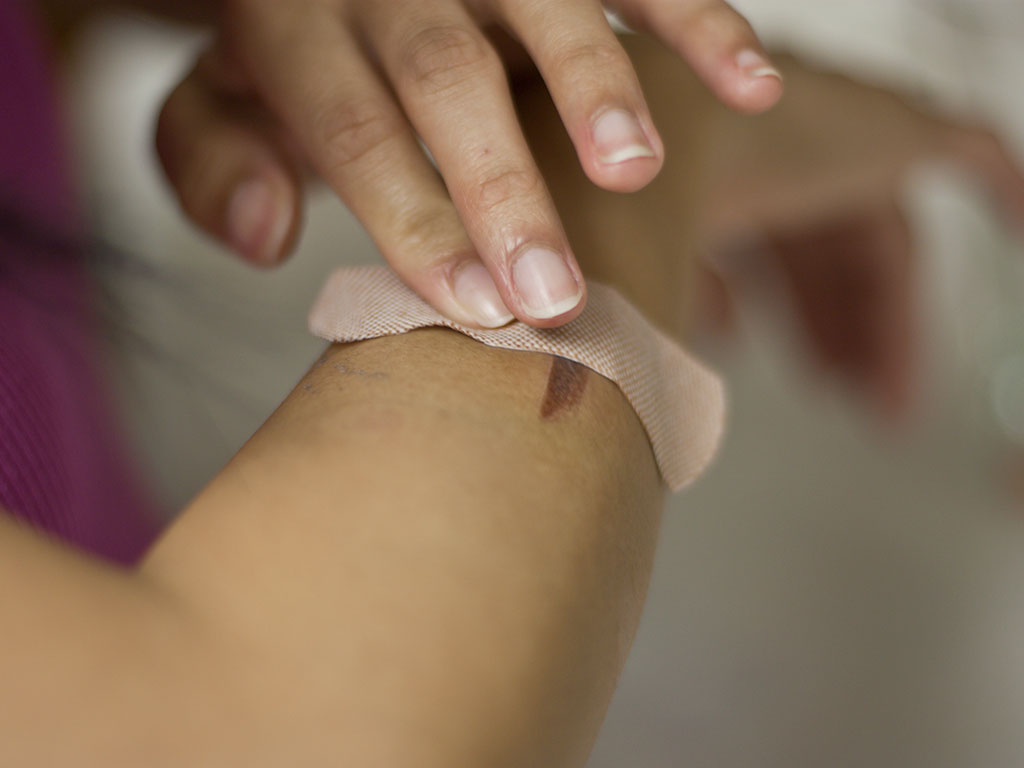Researchers create new gel to help wounds heal
The breakthrough allows for new tissue to form around micro building blocks of the gel

Researchers at University California, Los Angeles, have developed a radical new hydro gel to speed up the healing process for wounds
A team of researchers at University California, Los Angeles has developed a new hydro gel to accelerate the healing process of wounds. The group of scientists, led by Dino Di Carlo, Professor of Bioengineering, and Tatiana Segura, Associate Professor of Chemical and Bio Molecular Engineering, published their findings in the scientific journal Nature Materials.
To treat flesh wounds, doctors keep the injury moist through sealing over the abrasion with hydrogels
To treat flesh wounds, doctors keep the injury moist through sealing over the abrasion with hydrogels. While this allows wounds to heal quicker than if left dry, the growth is still slow and fragile as it fails to provide a scaffold to support the new tissue growth. As the abstract of the scientist’s research paper notes, it is often the case that the gel used will degenerate before tissue can be reformed, thereby limiting “the gels’ ability to provide physical support”.
According to Di Carlo, speaking to UCLA’s news website, “[a]chieving a biomaterial that promotes rapid regeneration while maintaining structural support has been a holy grail in the field of tissue engineering”. This has been achieved, he says, through the creation of an injectable hydrogel that combines “tailored material chemistry and microfluidic fabrication of uniform spherical building blocks, each about the width of a human hair”.
What this means is that the gel is composed of building blocks, with small gaps between them. The gel’s microscopic spheres are attached only at surface level, making them porous. When it is applied to the afflicted area and as the wound heals, new tissue penetrates the tiny gaps left between the spheres. As the gel gradually disintegrates, a structure of tissue growth is left formed, where it had penetrated the gaps between the hydrogel spheres. Further tissue can then grow around this formation until the wound is fully healed. The size of the spheres can be tailored depending upon the type of wound.













